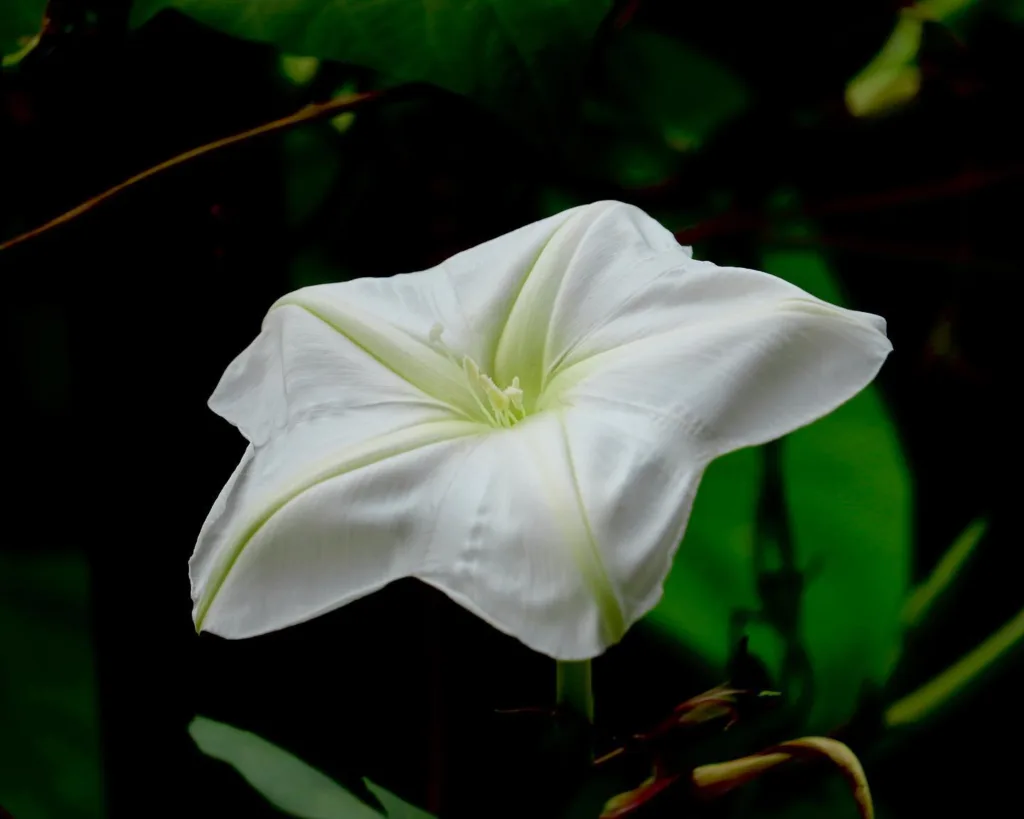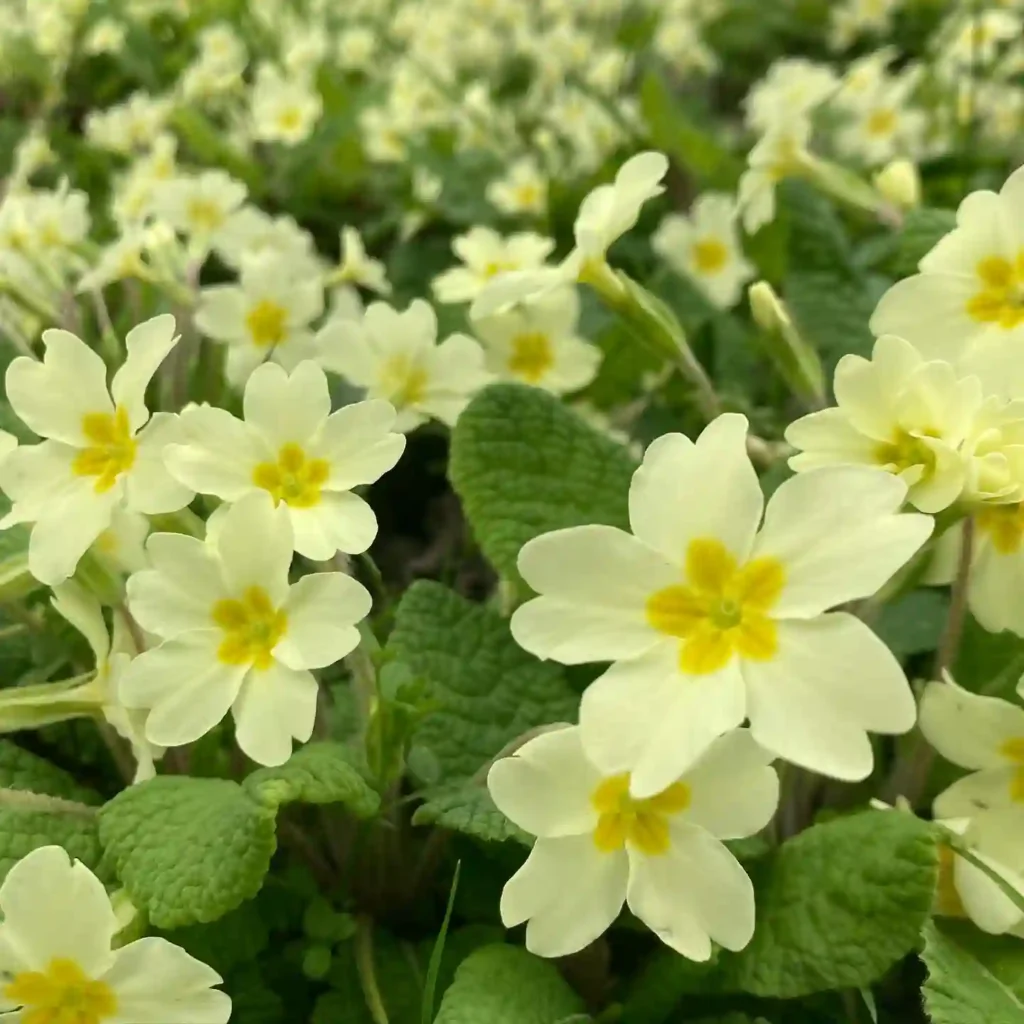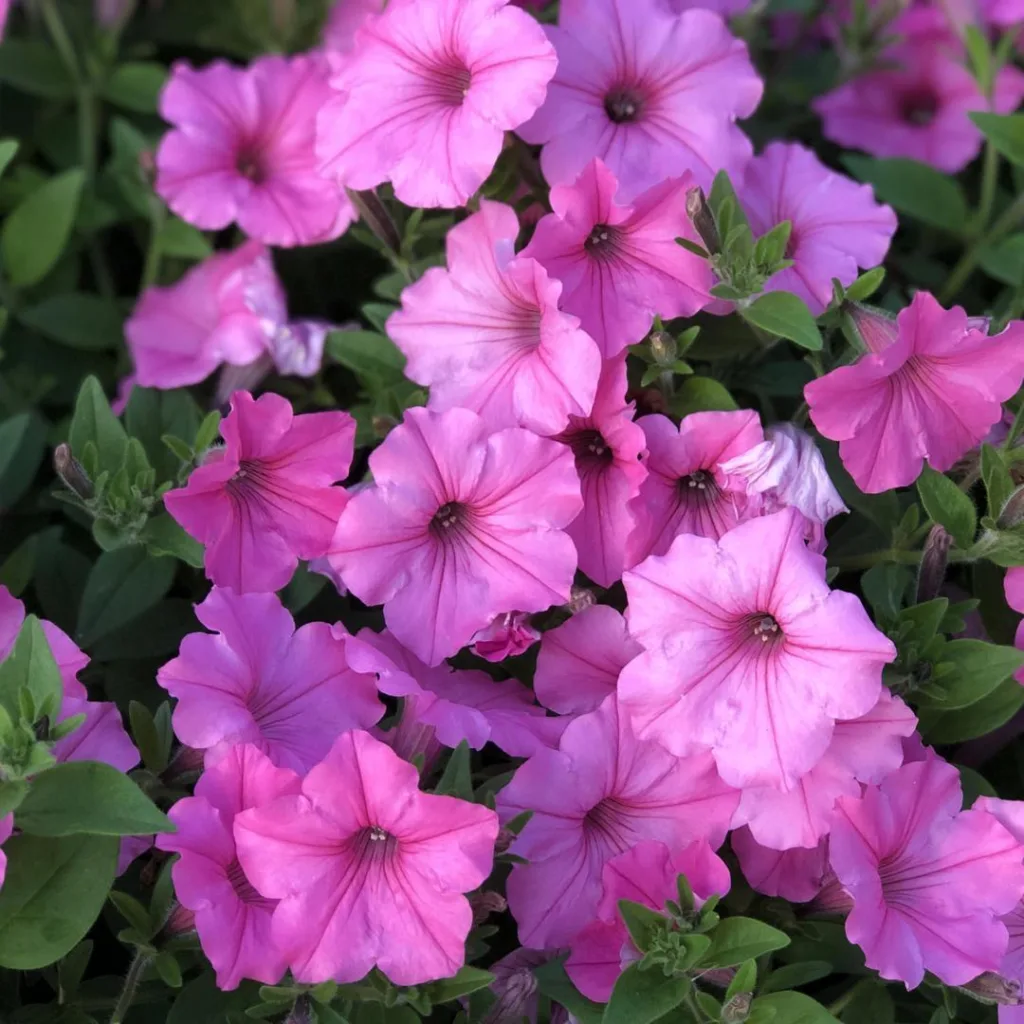Understanding the Eupomatiaceae Family
The Eupomatiaceae family is quite a small, yet fascinating, group of flowering plants. As someone who appreciates the nuances of botanical diversity, I find the simplicity and distinctiveness of the Eupomatiaceae family intriguing. This family consists of only one genus, Eupomatia, which contains a few unique species that have adapted to their environment in remarkable ways.
While the family may not be as well-known as others, Eupomatia plants deserve recognition for their ancient lineage and the role they play in the ecological balance of the regions they inhabit. Through this exploration, I’ll share my personal insights and observations about this family of plants, their genus, and their ecological significance.
The Genus Eupomatia: An Ancient Lineage
The genus Eupomatia is made up of three species: Eupomatia laurina, Eupomatia bennettii, and Eupomatia barbata. Of these, Eupomatia laurina is the most well-known and widely distributed. These species are native to Australia and parts of New Guinea, often growing in subtropical rainforests, which offer a perfect environment for their growth.
One of the first things that fascinated me about the genus Eupomatia is its evolutionary history. These plants belong to the Magnoliids clade, which is considered one of the most ancient groups of flowering plants. For a plant enthusiast like me, understanding their evolutionary significance makes appreciating their beauty even more fulfilling.
Eupomatia Laurina: A Staple of the Genus
Among the species, Eupomatia laurina stands out for its ecological presence. Commonly known as the “Native Guava,” this species produces small, aromatic fruits that attract a variety of wildlife. While they aren’t edible for humans, their role in the ecosystem is undeniable, as they support local fauna and help maintain the balance of the forest ecosystems in which they thrive.
In my experience, observing Eupomatia laurina in its natural habitat is an absolute joy. It typically grows as a shrub or small tree, reaching heights of 3 to 6 meters, with glossy leaves that provide a striking contrast to the creamy white flowers. These flowers, by the way, are quite unique. They lack true petals, and instead, what we see are petal-like structures known as “tepals.” This is another feature that highlights the genus’s ancient lineage, making it a living relic of plant evolution.
Pollination and Ecological Importance
When I first learned about the pollination mechanism of Eupomatia, I was struck by its specificity. These plants are pollinated by small weevils from the genus Elleschodes. The relationship between Eupomatia and these beetles is a classic example of mutualism in the plant world. The flowers offer a safe breeding ground for the beetles, while the beetles, in turn, ensure that pollination occurs effectively.
This mutual dependency is a beautiful representation of how plants and insects co-evolve. The fact that Eupomatia relies on a single group of insects for pollination also speaks volumes about the delicate balance of ecosystems. I’ve found that this kind of specialized relationship highlights the importance of biodiversity. Any disruption to these ecosystems, like the loss of pollinating beetles, could have a profound effect on the survival of Eupomatia species.
Unique Morphology and Adaptation
The morphology of Eupomatia species is another area of personal fascination. These plants have adapted to survive in the shaded, humid environments of subtropical rainforests. Their large, leathery leaves are perfect for capturing the limited sunlight that filters through the forest canopy, ensuring they get the necessary nutrients for survival.
Additionally, the seed dispersal mechanism of Eupomatia is closely tied to local fauna, such as birds and small mammals, which consume the fruit and help distribute the seeds over a wide area. This natural seed dispersal helps maintain the genetic diversity of the species, which is crucial for their resilience against environmental changes.
Conservation Challenges
One of the pressing issues I’ve encountered when studying plants like Eupomatia is the challenge of conservation. Due to habitat loss, particularly deforestation in subtropical rainforests, the natural habitat of these plants is shrinking. While Eupomatia laurina is not currently listed as endangered, the same cannot be said for other species in the family. Habitat destruction could severely affect their populations in the wild.
This is why understanding the ecological role of Eupomatia is so important. The plants themselves may not be the most commercially valuable, but their place in the ecosystem and their contribution to biodiversity cannot be understated.
My Take on Eupomatiaceae
From a personal perspective, I believe that small plant families like Eupomatiaceae deserve more attention from both botanists and plant enthusiasts. The genus Eupomatia may not be as showy as some of the more popular garden plants, but its ancient heritage, unique ecological role, and specific adaptations make it a fascinating subject for anyone interested in botany and the natural world.
The connection between Eupomatia species and their environment is something that I find deeply rewarding to study. The more I learn about them, the more I am reminded of how interconnected life on Earth truly is. Each plant, no matter how obscure, has a story to tell, and Eupomatia tells a tale of evolution, adaptation, and ecological harmony.
Final Thoughts
The Eupomatiaceae family, with its single genus Eupomatia, is a testament to the diversity and complexity of plant life. It may be a small family, but it carries with it millions of years of evolutionary history and a deep connection to the ecosystems it calls home. For anyone interested in plant biodiversity, Eupomatia offers a unique glimpse into the past, while also reminding us of the delicate balance we must preserve for the future.
If i die, water my plants!



